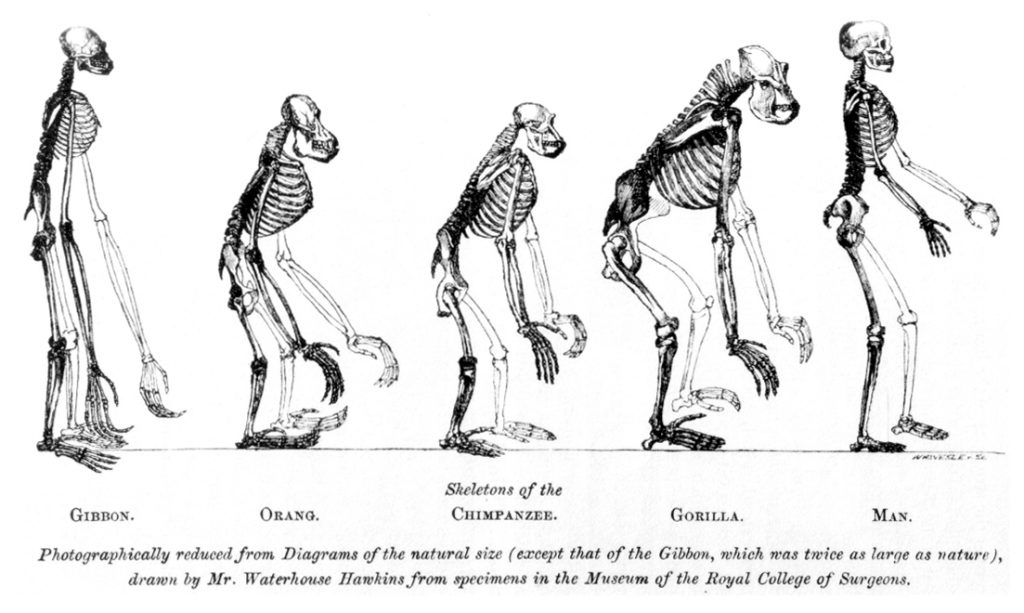By Asya Anderson, Ph.D. Anthropology
When I tell people I meet that I’m an anthropologist, I sometimes get a blank stare in return. Occasionally someone will ask if I’ve dug up any cool artifacts lately or if I’m like that lady on the TV show Bones. One acquaintance nicknamed me “Jane Goodall.” Another challenged me to name all of the dinosaurs ever discovered. Even people who do know a little about cultural anthropology are sometimes surprised when I tell them that I did my doctoral fieldwork among corporate executives on the island of Singapore, a global city, rather than studying the kava ceremony on the island of Tonga, for example.
So why are there so many perceptions of what anthropology is? Actually, except for the dinosaurs–that’s paleontology–all of these examples are kinds of anthropology.
At its most basic, anthropology is the study of humans. The word “anthropology” comes from the Greek anthropos, meaning “man,” and logos, literally meaning “word.” However, many fields study humans, in lots of different ways. History, psychology, medicine, sociology, philosophy, and economics can all lay claim to examining humans in one way or another. What makes anthropology different from these disciplines is the focus on the ways humans vary around the world and throughout history.
Anthropology can be said to be the study of human complexity, both cultural and biological, across time and space. Most anthropologists focus on one of four “subfields,” each of which concentrates in a different area of human complexity: archaeology, biological anthropology, cultural anthropology, and linguistic anthropology.
Archaeology focuses on the physical artifacts left behind by people around the world throughout different times. This includes people from prehistory to those in the recent past. Archaeologists analyze culture through the materials that other humans have left behind–everything from art and architecture to trash and deserted landscapes.
Biological anthropology, also called physical anthropology, is the study of human biological diversity. This includes primatology and how humans are different from other primates, as well as the investigation of human origins and evolution. Forensic anthropology, the study of the human skeleton for use in the identification of remains, is part of biological anthropology, and so is the study of human genetic variation.
Cultural anthropology concentrates on the different ways people live around the world, particularly how they organize themselves in social groups and create meaning for their lives. Cultural anthropologists are interested in how people understand the world around them, and how humans are culturally similar or different in different places.
Linguistic anthropology is the study of human communication and language as a social resource. As humans, the only animals capable of speech, we are defined by our unique ability to communicate with language. Linguistic anthropologists examine how language practices influence human cultures, both reflecting and shaping our social realities.
In case you are wondering, I’m a cultural anthropologist. My doctoral research looked at how companies can be socially and environmentally responsible, and how governments and others regulate ethical business behavior. At Alelo, we make learning tools to facilitate cross cultural understanding. Working as an applied anthropologist, I disentangle human complexity and share this knowledge with people around the world.

Source: Huxley_-_Mans_Place_in_Nature.jpg
Attribution: Thomas Henry Huxley – Copyright: Public Domain
ABOUT ALELO
Alelo helps organizations close the cultural, communication, and skills gaps in employees at scale. Learn more about Alelo’s artificial intelligence upskilling and reskilling solutions.


